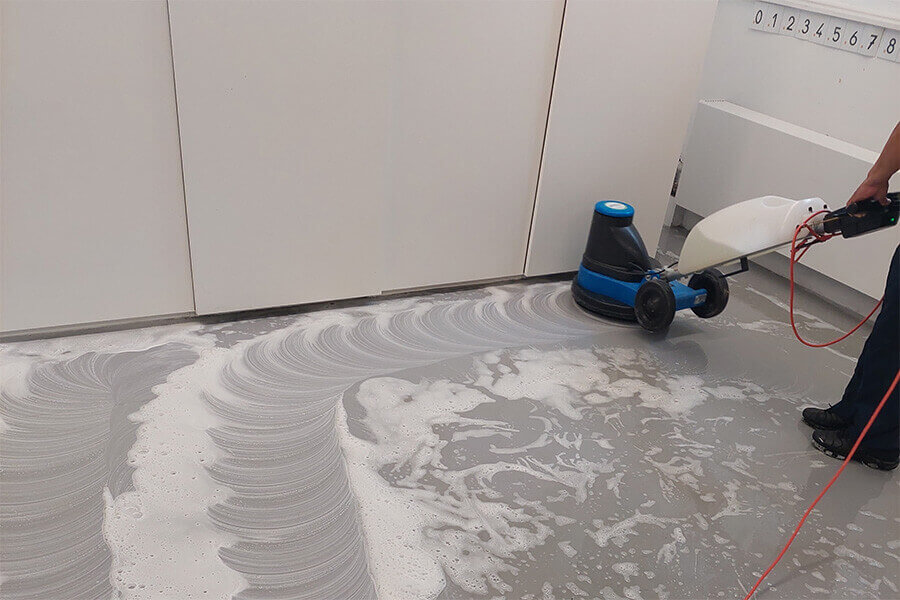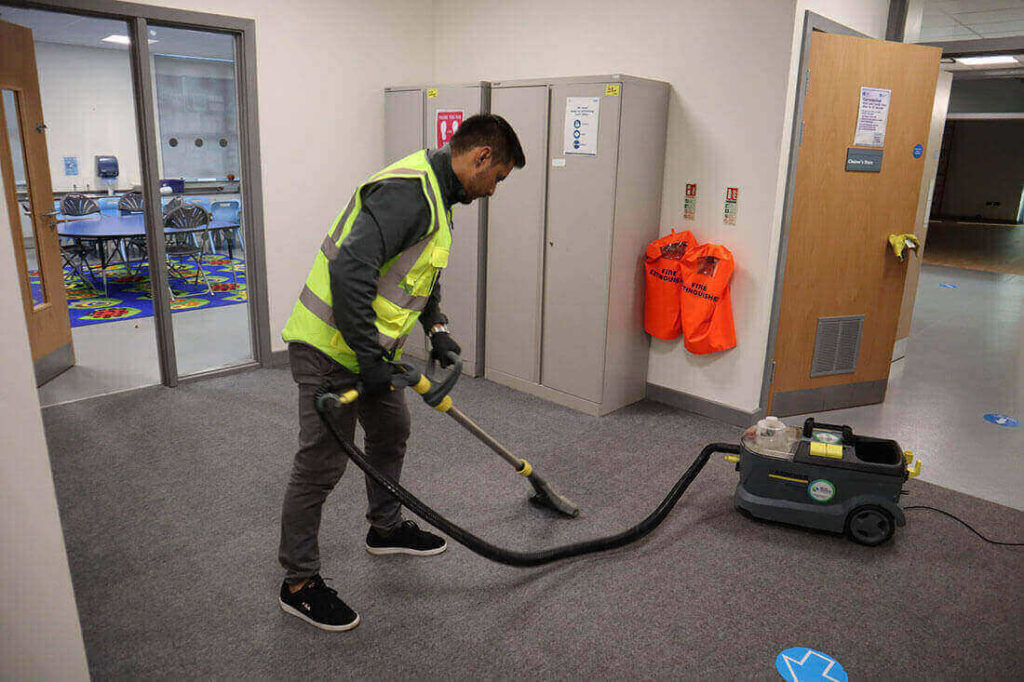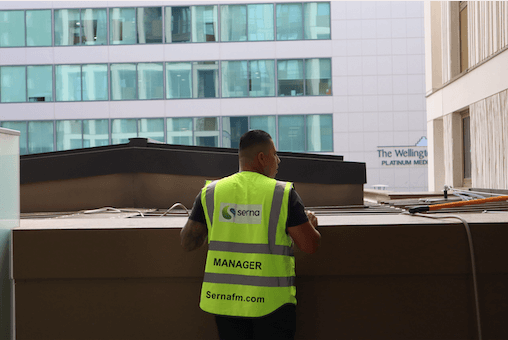Facilities maintenance means the ongoing care, repair and management of a building’s physical infrastructure, systems and services to ensure they operate efficiently, safely and in compliance with regulations. This includes everything from fixing broken lighting and managing HVAC systems to groundskeeping and ensuring health and safety standards are upheld.
Facilities maintenance is vital to the daily functioning of workplaces, schools, hospitals, warehouses and public buildings alike. According to the Health and Safety Executive (HSE), over 30 million working days were lost in the UK in a single year due to work-related illness and workplace injury — many of which could be mitigated by improved maintenance of building systems and environments.
What Does Facility Maintenance Mean?
Facility maintenance involves a wide range of tasks that keep a building and its systems in proper working order. It goes beyond just fixing things when they break — it includes preventative measures to stop breakdowns from occurring in the first place. For example, regular servicing of air conditioning units or routine inspections of electrical systems are key components of facility maintenance.
It encompasses both the physical aspects of the building, like walls, floors and roofing, as well as the mechanical systems such as heating, ventilation, water and plumbing. Facility maintenance ensures these components are functioning correctly to provide a safe and comfortable environment for occupants.
Whether it is office workers, hospital staff or school children, a well-maintained building ensures people can go about their activities without unnecessary disruption or risk. Good maintenance is invisible — people only tend to notice when something goes wrong.

Why Is Facilities Maintenance Important?
The importance of facilities maintenance lies in its ability to prevent costly repairs, avoid downtime and extend the lifespan of building assets. By maintaining equipment and infrastructure proactively, businesses can reduce the risk of failures that may disrupt operations or pose safety hazards. A well-maintained facility also helps to meet health, safety and environmental compliance standards, which is a legal and ethical responsibility.
From an operational perspective, reliable facilities keep employees productive, protect company assets and reflect positively on the business. For customer-facing environments such as retail stores or hospitality venues, clean and functional spaces contribute to customer satisfaction and brand image.
What Does Facilities Maintenance Include?
Facilities maintenance includes a combination of planned, reactive and predictive maintenance tasks. Planned maintenance involves scheduled checks, cleaning and servicing to keep systems running smoothly. Reactive maintenance is the work carried out when something unexpectedly breaks or malfunctions, such as a burst pipe or a faulty fire alarm.
Predictive maintenance uses data and sensors to identify potential issues before they become serious problems — for example, vibration monitoring in machinery to detect wear and tear. Other services might include security system management, pest control, waste disposal, grounds maintenance and lighting checks.
Who Needs Facilities Maintenance?
Virtually every type of organisation benefits from facilities maintenance, whether they operate from a single office or a multi-site industrial complex. In schools, it keeps classrooms safe and conducive to learning. In hospitals, it ensures critical systems like oxygen lines and sterilisation equipment are operational. In offices, it promotes a productive and healthy working environment.
Facilities maintenance is particularly essential for industries with regulatory obligations, such as healthcare, manufacturing and food production. Regular audits, inspections and maintenance records help these businesses demonstrate compliance and maintain operational licences.

What Are The Benefits?
One of the most significant benefits of facilities maintenance is cost-efficiency. By identifying problems early, organisations can avoid large repair bills and reduce the likelihood of equipment needing full replacement. This contributes to a more sustainable approach, extending the useful life of systems and infrastructure.
There are also clear safety benefits. Ensuring that fire alarms, sprinklers and emergency exits are fully functional can literally save lives.
Is In-House Or Outsourced Facilities Maintenance Better?
Facilities maintenance can be delivered by an in-house team or outsourced to a specialist provider. Larger organisations might employ a full-time facilities manager and a team of technicians, whereas smaller companies often prefer to outsource to a contractor who visits regularly or on request. Outsourcing to reputable companies like Serna FM gives access to a broader skill set and specialist equipment without the overheads of employing staff directly.
How Is Facilities Maintenance Managed?
Facilities maintenance is typically overseen by a facilities manager or building operations team. They are responsible for setting maintenance schedules, ensuring compliance, managing contracts and responding to any reported issues. Modern facilities managers often use softwares to track tasks, schedule inspections, log repairs and keep digital records.
This helps to create transparency, prioritise tasks and ensures nothing falls through the cracks. In larger buildings or portfolios, this software can link to smart sensors and building management systems, offering real-time data to drive decision-making.
Concluding Thoughts
Facilities maintenance plays a crucial role in ensuring that buildings remain safe, functional and welcoming. It’s more than just fixing things — it’s about proactively caring for the infrastructure that supports day-to-day operations.
Facilities maintenance helps to protect assets, improve safety and enhance the user experience. From schools and hospitals to offices and factories, every environment benefits from consistent and professional maintenance to keep everything running smoothly and safely.

